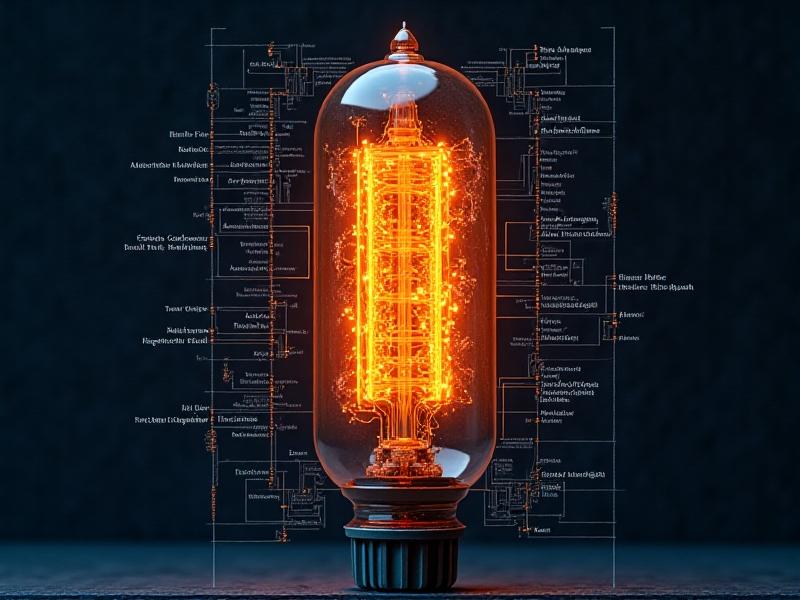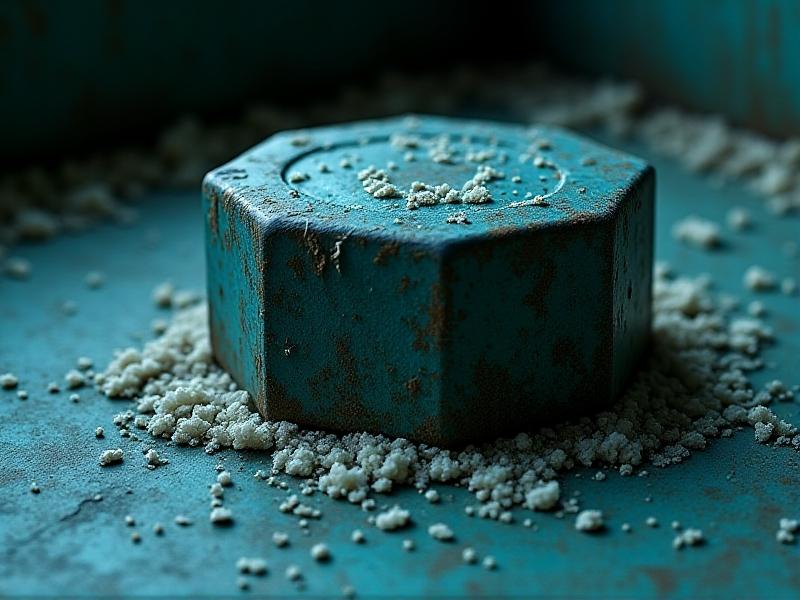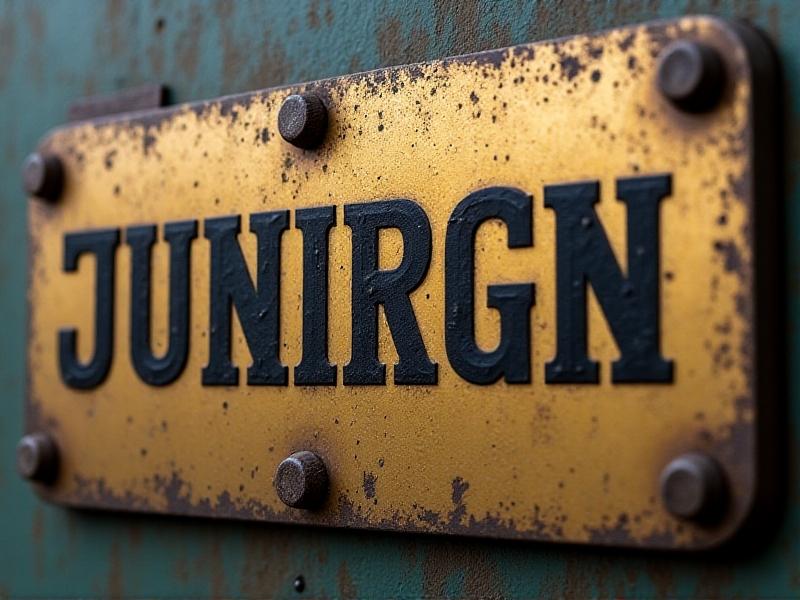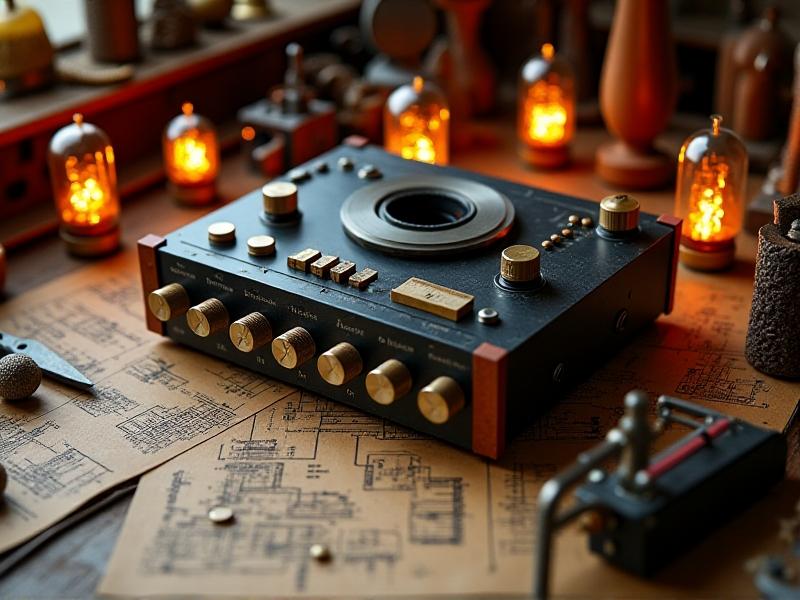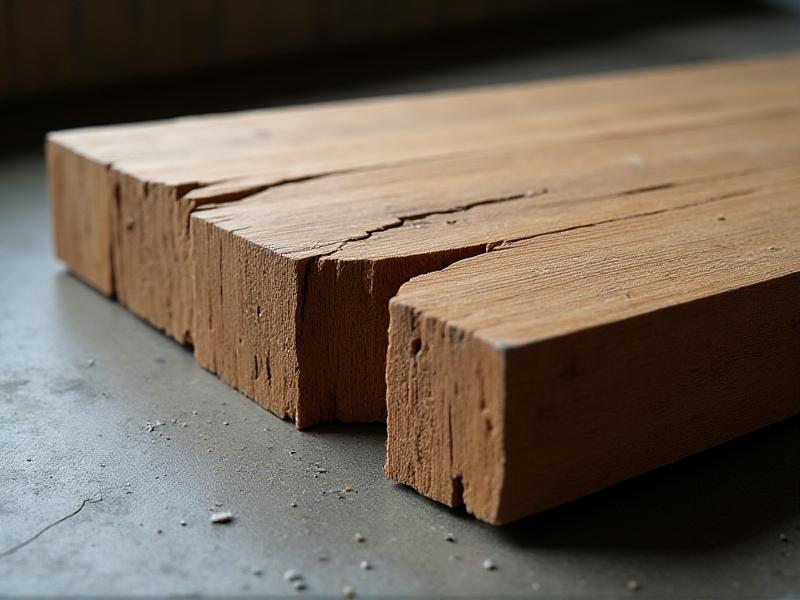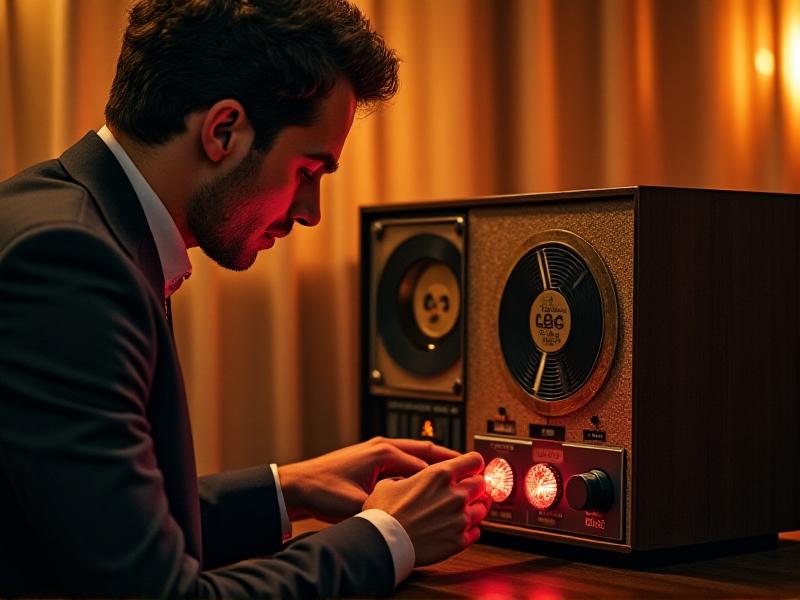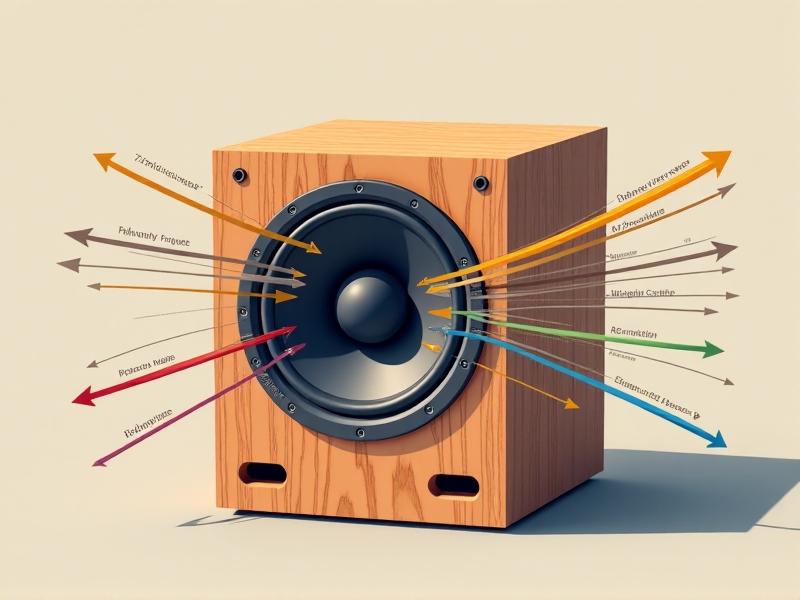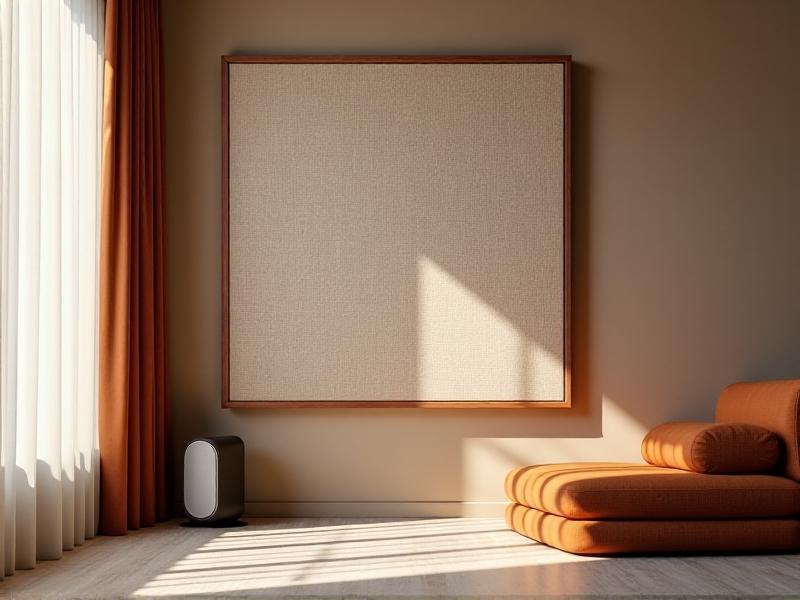Vintage Rectifier Tube Alternatives
The History and Role of Rectifier Tubes in Vintage Audio
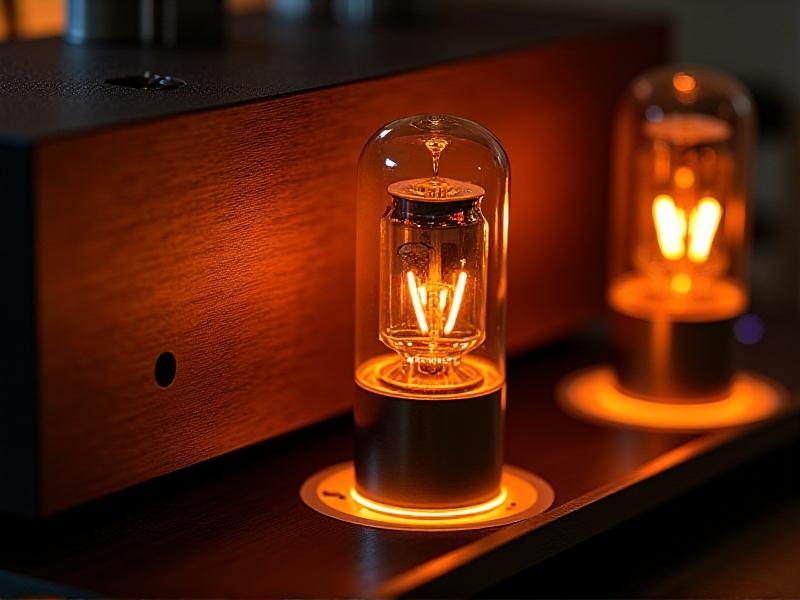
Rectifier tubes, once the backbone of early electronic devices, played a pivotal role in transforming alternating current (AC) to direct current (DC) in amplifiers, radios, and other mid-20th-century gear. These tubes, such as the iconic 5U4GB or GZ34, were prized for their ability to deliver smooth power conversion while adding a distinct tonal character to audio equipment. Their warm, organic sound became synonymous with the “golden age” of analog audio, embedding them in the hearts of audiophiles and musicians alike.
However, as technology advanced, solid-state diodes began replacing tubes for their efficiency and longevity. Despite this shift, vintage rectifier tubes remain sought after for their unique sonic signature. Collectors and audio engineers often face challenges in sourcing authentic tubes, which are increasingly rare and expensive. This scarcity has sparked interest in finding reliable alternatives that preserve the vintage sound without the fragility or cost of original components.
Why Seek Alternatives to Vintage Rectifier Tubes?
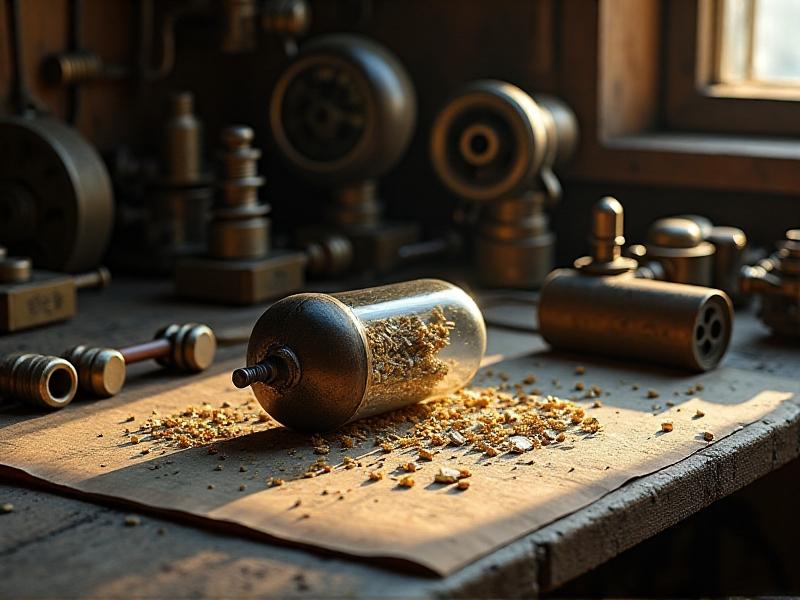
The demand for vintage rectifier tubes isn’t purely nostalgic—it’s practical. Original tubes degrade over time, with limited stocks available from niche suppliers. Musicians restoring classic amplifiers or building replica gear often encounter issues like microphonics, inconsistent performance, or outright failure. Additionally, high-voltage tube circuits require careful handling, posing safety risks for inexperienced users.
Modern alternatives aim to address these challenges. Solid-state rectifiers, hybrid modules, and even newly manufactured tubes offer more stability and accessibility. Yet, purists argue that substitutes can’t replicate the harmonic richness of vintage designs. This tension between tradition and innovation drives exploration into solutions that balance authenticity with reliability.
Exploring Solid-State Rectifier Replacements
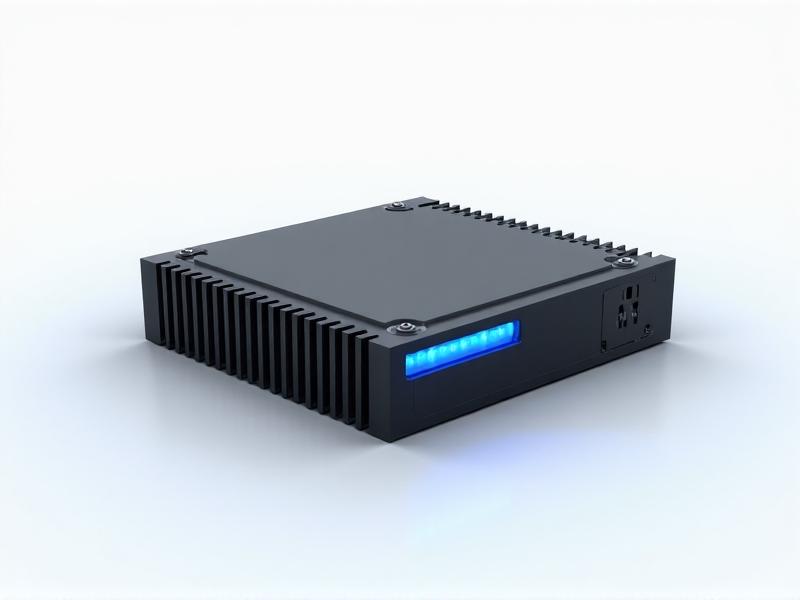
Solid-state diodes are the most direct replacement for rectifier tubes. Devices like the Weber Copper Cap or DIY bridge rectifiers eliminate the need for high-voltage filament windings, simplifying amplifier designs. They generate less heat, last longer, and reduce maintenance—ideal for touring musicians or daily-use gear. However, critics note that solid-state rectifiers can produce a “tighter” sound, lacking the sag and compression that tubes introduce during dynamic peaks.
To mimic vintage behavior, some manufacturers integrate sag circuits or voltage-drop resistors into solid-state designs. For example, the Tung-Sol Solid-State Rectifier includes adjustable parameters to emulate the responsiveness of a 5Y3 tube. These hybrid approaches strive to retain the best of both worlds, though subtle tonal differences may still persist.
New Production Tubes: Bridging Nostalgia and Modernity
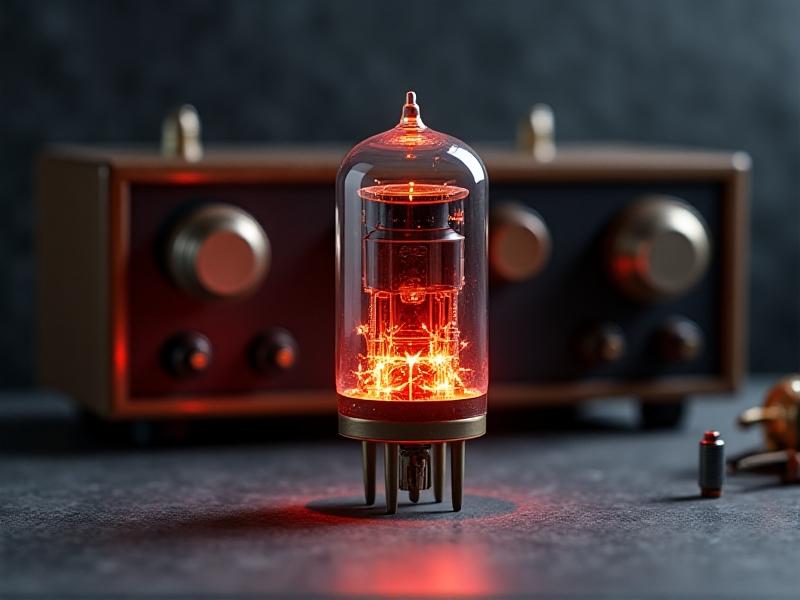
Companies like JJ Electronic or Electro-Harmonix have revived production of classic rectifier tubes, offering affordable and reliable options. These new tubes often feature improved construction, such as ruggedized bases or enhanced vacuum seals, to prevent common failure points. While some enthusiasts claim they lack the “mojo” of NOS (New Old Stock) tubes, others appreciate their consistency, especially in high-gain or studio applications where reliability is paramount.
Pairing new production tubes with period-correct components—like oil-filled capacitors or carbon-comp resistors—can help approximate vintage tones. Additionally, “burn-in” periods allow modern tubes to settle into their operational characteristics, potentially softening their initial harshness.
Restoration vs. Replacement: Practical Considerations
Restoring a vintage amplifier often involves evaluating whether to preserve its original circuitry or retrofit modern alternatives. Factors like historical value, intended use, and budget influence this decision. For rare or collectible units, maintaining authenticity might justify hunting for NOS tubes or refurbishing existing ones. Conversely, daily players benefit from upgrades that reduce downtime and upkeep costs.
Technicians also face electrical considerations. Replacing a tube rectifier with solid-state components may require modifying the power supply’s voltage or adding protective circuitry to prevent overloads. Consulting schematics and understanding the amplifier’s design philosophy are essential to avoid compromising its performance.
The Future of Rectifier Technology in Analog Audio
As analog audio experiences a resurgence, innovators are reimagining rectifier technology. Digital modeling amps now simulate tube sag algorithmically, while boutique pedal makers incorporate micro-tubes for portable designs. Meanwhile, sustainable practices—like recycling materials or developing low-power tubes—aim to reduce the environmental footprint of tube production.
Whether through cutting-edge engineering or respectful homage, the legacy of rectifier tubes endures. Their story reflects a broader tension in audio culture: the quest for progress without losing the imperfections that make music feel alive.
